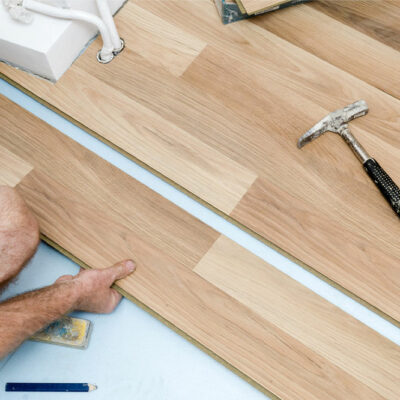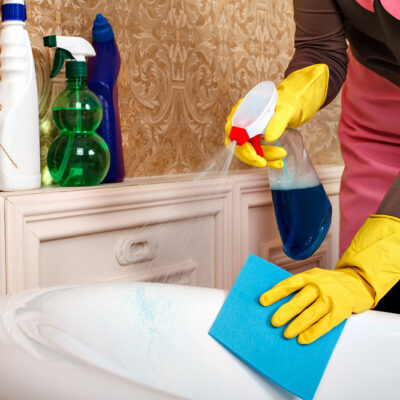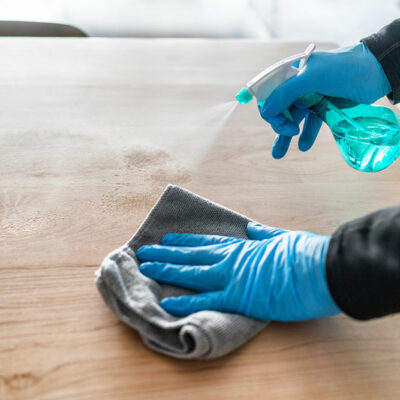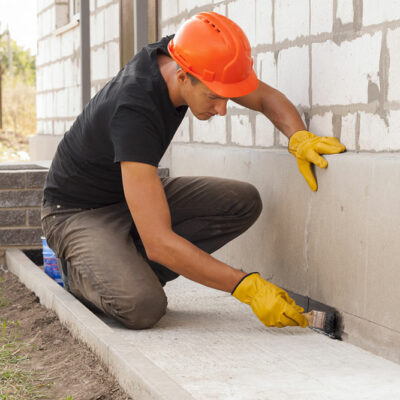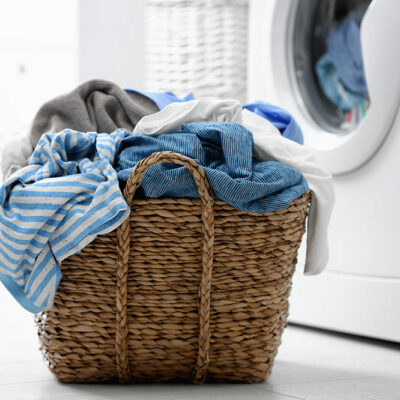
6 laundry mistakes to avoid
Doing laundry is a routine household chore that we often take for granted. However, certain common mistakes can inadvertently damage our beloved clothes, causing them to lose their shape, color, and overall quality. To help you avoid these laundry pitfalls, you must learn the essential tips and insights for better laundry practices. By understanding these mistakes and adopting the right practices, you can ensure your clothes stay pristine and last longer. Neglecting sorting clothes One of the biggest mistakes you make when doing laundry is neglecting proper sorting. Sorting your clothes based on color, fabric type, and care instructions is crucial to preventing color bleeding, fabric damage, and shrinkage. Take the time to separate your darks, lights, and whites to avoid unwanted color transfers and ensure the longevity of your garments. Overloading the washing machine Stuffing your washing machine with excessive clothes may seem efficient, but it can lead to subpar results. Overloading prevents adequate water and detergent circulation, resulting in inadequate cleaning and rinsing. It can also strain the machine’s components unnecessarily, potentially causing damage. Ignoring care labels Care labels are like a treasure map that guides you on the journey of proper garment care. Ignoring or neglecting to read care labels can have disastrous consequences for your clothes.
Read Article 